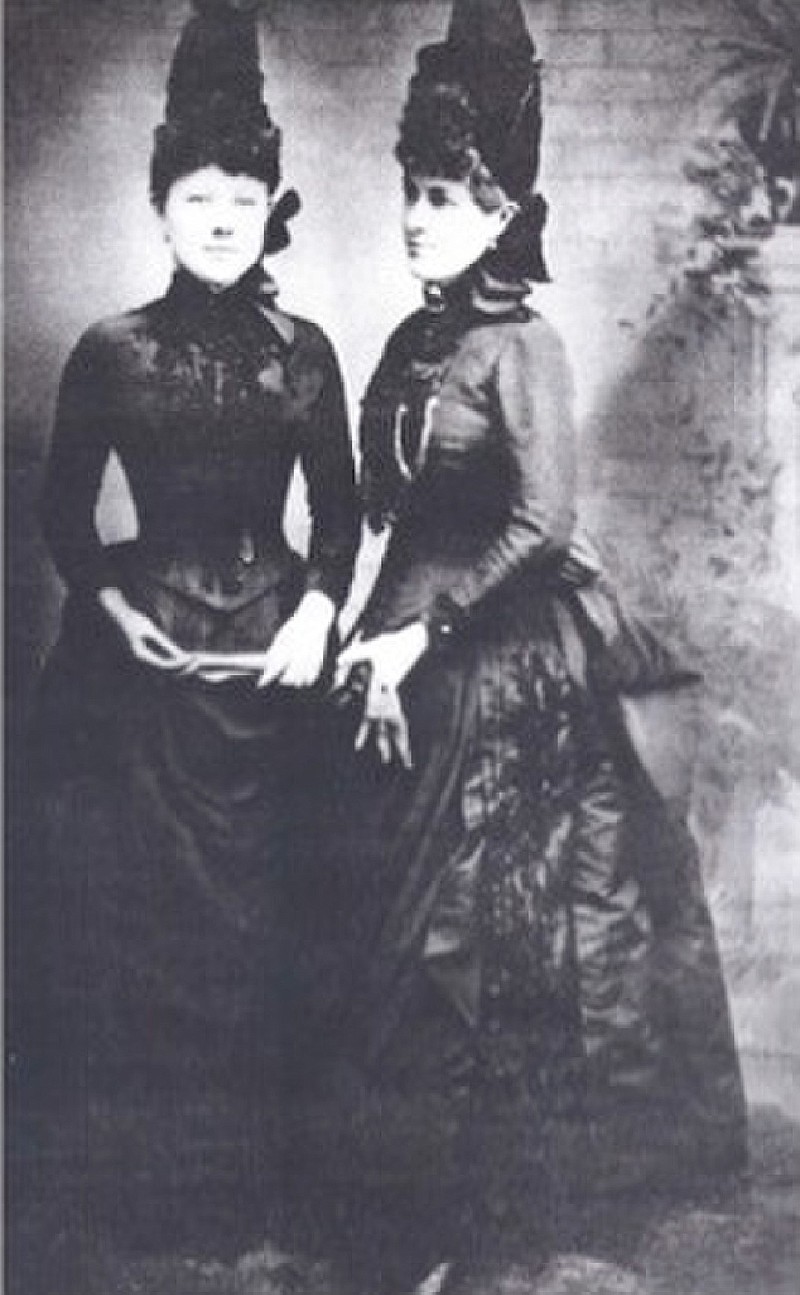Dr. Beverly Rowe knows a lot about Texarkana history. She has shared it in many ways, including a monthly event at Old Town, a recreated saloon above the Lindsey Railroad Museum on Broad Street, which she closed earlier this year.
In March, her program was about women who followed the railroads.
From its beginning in 1873, Texarkana's reliance on its women has evolved. The first women, or "bad girls," followed the railroads and built their homes of ill repute among the barrooms and gambling dens along Front and Broad streets - forever known as the "Swampoodle District."
As the bars multiplied and an opium den arose, madams prospered. One such "professional" woman was Zoe LaRoy, who was rumored to have paved the entry hall to her home with silver dollars.
"According to the 1900 city directory and and the census, Texarkana had four madams and 186 prostitutes," Rowe said.
But within 20 years of the founding of Texarkana, the "good girls" arrived, married the railroad men and tried to civilize the town. Churches sprang up on nearly every corner, and preachers duked it out on State Line Avenue. The local opium den was raided, and the "Railroad Young Men's Christian Association" opened on Front Street. Railroads established family diners along the routes with proper moral atmospheres.
"Young women between the ages of 18 and 30 were hired to work in the diners," Dr. Rowe said. "Each had to be well-groomed, carefully trained, uniformed, unmarried, educated to the eighth grade and highly moral."
During the war years, 1941-1945, while the men were fighting overseas, women were taking their places at the local ordinance plants and railway jobs. The latter were known as the "Ironhorse Ladies."
"The biggest employer of women at that time, in our area, were Red River Ordinance Depot and Lone Star Ordinance Plant," Rowe said. Those plants later became Red River Army Depot and Lone Star Ammunition Plant.
"Texarkana's women have always worked. Public view of that work changed over time as civilization spread over the city," Rowe said.

